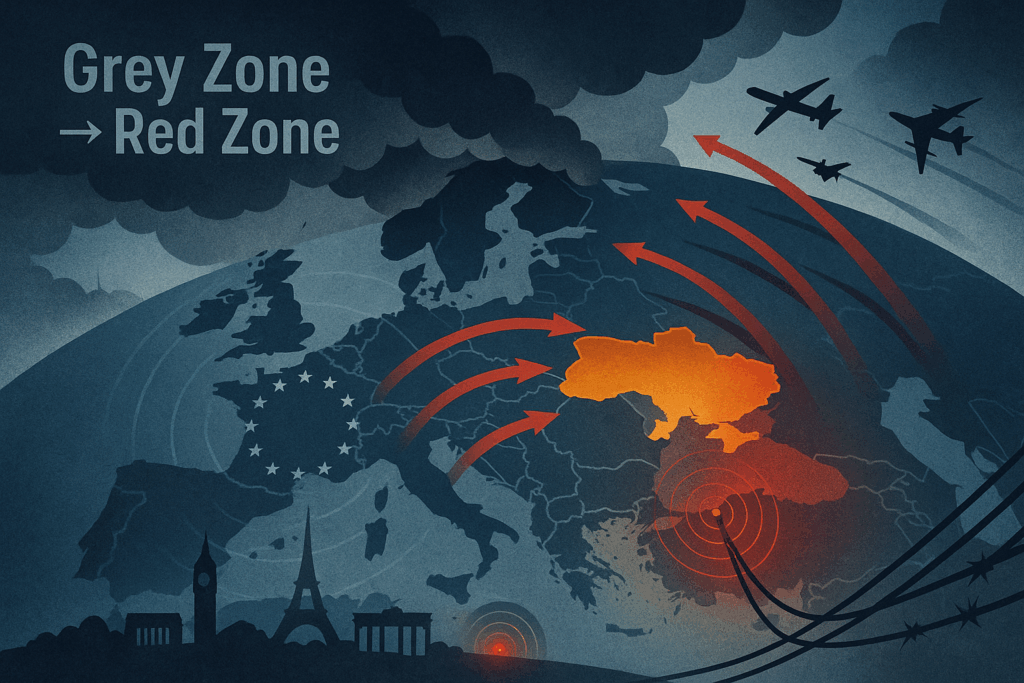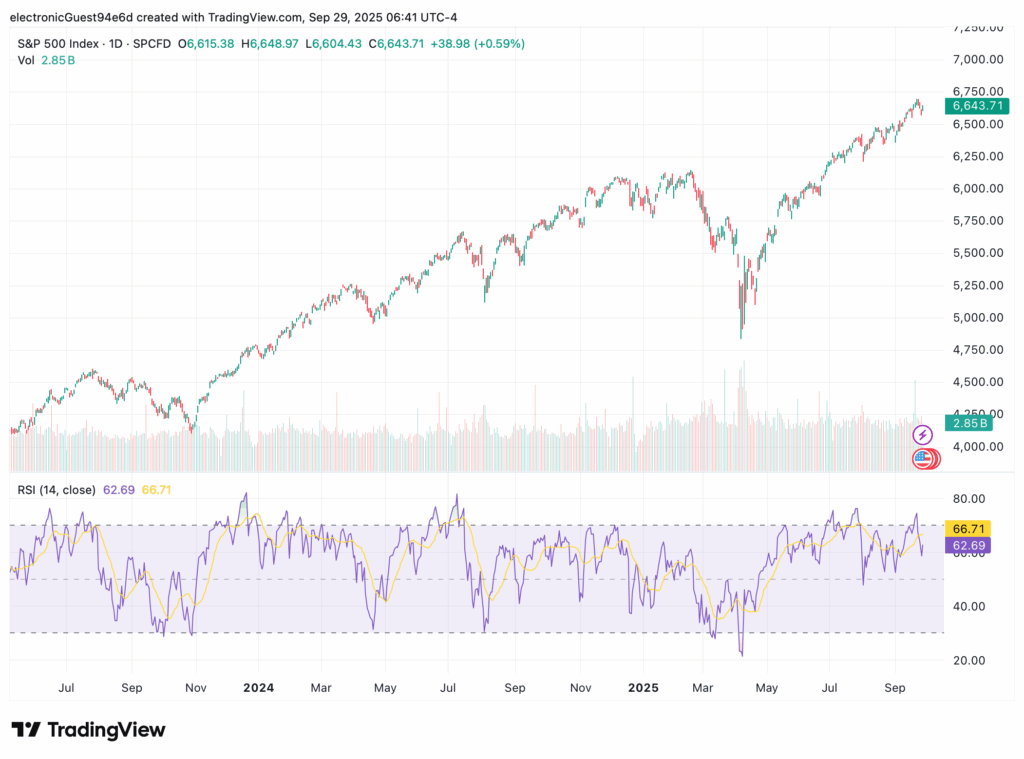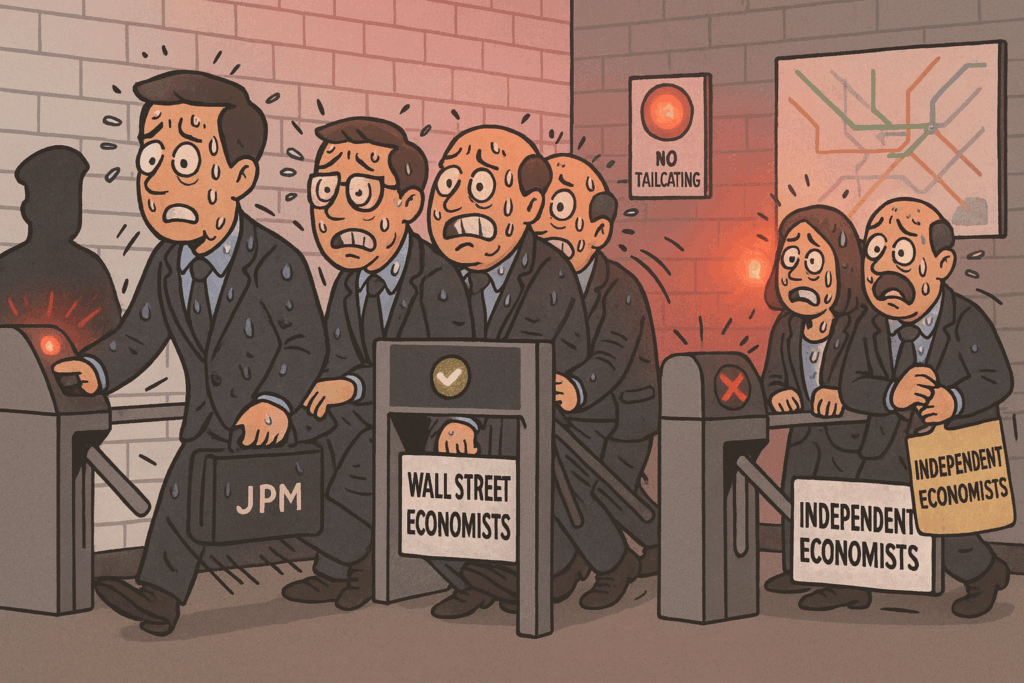We have consistently and correctly forecast since October that the 60bp increase in the global central bank policy rate in 2018 would, with a lag, contribute to global GDP growth falling below 3% in 2019 and to lower inflation and that as a result “policy rate cuts, which had all but disappeared since Spring 2018, may resurface in the second half of 2019”.
Global GDP growth slowed to a decade low of about 2.9% yoy in Q2 and will, based on lead indicators (including the global manufacturing PMI), likely slow further in Q3 but avoid going into recession. Our measures of global headline and core CPI-inflation – weighted averages of inflation in 30 major developed and EM economies – fell by about 80bp and 25bp, respectively, between October 2018 (the high since April 2012) and July 2019.
Since early May, central banks in Australia, Brazil, Chile, India, Indonesia, Korea, Malaysia, New Zealand, Mexico, the Philippines, Russia, South Africa, Thailand and the US have cut their policy rates. Our measure of the global central bank policy rate, which had been stable around 2.80% between December and May, has since fallen 20bp to 2.60%.
The European Central Bank has left its policy rates unchanged but ECB President Draghi has repeatedly indicated that weak Eurozone growth and inflation may justify policy rate cuts and/or a resumption of its quantitative easing program.
Our analysis shows an inverted, 4-quarter lagged relationship between the global central bank (nominal) policy rate and global GDP growth (see Figure 1). If this historical relationship holds going forward, we would expect GDP growth to slow further in Q3 and Q4, before stabilising in H1 2020 and slowly recovering in H2 2020.
The sustained fall in global GDP growth and inflation this year, and threat posed going forward by the US-China trade war, in our view justifies the easing of central bank interest rate policy in the past four months and amounts to more than just a crude “currency war”.
If anything, central banks should have perhaps started cutting their policy rates sooner and more aggressively (and governments loosened fiscal policy). In any case, we expect central banks, including the Federal Reserve, to cut rates further in the remainder of the year.
Central bank rates hikes in 2018 have weighed on global GDP growth and inflation in 2019
We have consistently argued since October that a number of factors, including the slowdown in global trade as a result of the now 13-month old US-China trade war, repeated US government shutdowns, the Chinese government’s crackdown on excessive corporate and local government leverage and Brexit-related uncertainty, would continue to weigh on global GDP growth and push it below 3% in 2019.
Moreover, our analysis suggested that the 60bp increase in the global central bank (nominal) policy rate in 2018 (see Figures 1 & 4) along with the Federal Reserve’s shrinking of its balance sheet (quantitative tightening) and the ECB’s gradual reduction in asset purchases at end-2018 would, with a lag, weigh on borrowing and investment growth and tepid real wage growth in developed economies and hold back household spending (see Problematic central bank tracking of rising headline CPI-inflation, 29 October 2018 and Global central bank rate hikes: part solution, part problem, 21 December 2018).
Our measure of global GDP growth (using IMF methodology) has indeed slowed from 3.9% yoy in H2 2017 to 3.4% yoy in H2 2018, 3.1% yoy in Q1 2019 and an estimated decade-low of 2.9% yoy in Q2 (see Figure 1 & 2). Moreover, forward-looking indicators, including the global manufacturing PMI which fell to 49.3 in July from 49.9 in Q2, suggest that global GDP growth will slow further in Q3 (see Figure 2) but avoid a recession (see Global growth is slowing, not in recession, 29 July 2019).
We went on to argue that the lagged, historical relationship between central bank policy rate changes and CPI-inflation (which is admittedly stronger in emerging market economies) suggested that the tightening of monetary policy in H2 2018 was likely to lower core and headline CPI-inflation in coming months. Our measure of global core CPI-inflation – a weighted average of inflation in 30 major developed and EM economies – indeed fell from about 2.2% yoy in October 2018 (the high since April 2012) to about 1.94% yoy in July (see Figure 3). Global headline CPI-inflation, which has unsurprisingly been more volatile, fell from 2.9% yoy to 2.1% yoy.
Major central banks have cut rates in past four months…in line with our expectations
We concluded that lower global economic growth and CPI-inflation in 2019 would drive central banks, including in the US, UK, Australia and New Zealand, to slow and eventually pause their rate hiking cycles. We noted that while “some developed and EM central banks may of course continue (or even start) to hike policy rates, to stabilise under-pressure currencies and/or lean against rising inflationary pressures” [..], policy rate cuts, which have all but disappeared since last Spring, may yet resurface in the second half of 2019 (see Forecast Update: Brexit, FX, central banks & GDP growth, 18 January 2019).
Indeed, since early May an increasing number of major central banks have cut their policy rates and our measure of the global central bank (nominal) policy rate, which had been stable around 2.80% between December and May, has since fallen 20bp to 2.60% at end-August (see Figure 4).
- The Reserve Bank of New Zealand has cut rates by a cumulative 75bp;
- The Reserve Bank of India has cut rates by a cumulative 60bp (and 110bp year-to-date);
- Central banks in Australia, Brazil, Indonesia, the Philippines and Russia have cut rates by a cumulative 50bp;
- Central banks in Korea, Malaysia, Mexico, South Africa, Thailand and the United States have cut rates 25bp; and
- The Chile Central Bank cut rates 50bp in June, more than reversing its 25bp January hike;
- The European Central Bank has left its policy rates unchanged but ECB President Draghi has repeatedly indicated that weak Eurozone growth and inflation may justify policy rate cuts and/or a resumption of its quantitative easing program (see Draghi’s ECB legacy – stable Euro, weak inflation, 10 July 2019);
Only two major central banks (in the Czech Republic and Norway) have hiked their policy rates in net terms (by 25bp and 50bp, respectively) year-to-date.
History points to lower central bank rates stabilising global growth in H1 2020
Our analysis shows an inverted, 4-quarter lagged relationship between the global central bank (nominal) policy rate and global GDP growth (see Figure 1). If this historical relationship holds going forward, we would expect GDP growth to slow further in Q3 and Q4, before stabilising in H1 2020 and picking up in H2 2020.
However, the global central bank nominal policy rate deflated by core CPI-inflation (“real core” policy rate) has only fallen incrementally from between 0.685% and 0.885% in H1 2019 to 0.684% at end-July. Our analysis shows an inverted, 6-quarter lagged relationship between the global central bank “real core” policy rate and global GDP (see Figure 5). If this historical relationship holds going forward, the recovery in global GDP growth may only materialise late in 2020 and be modest.
In view of the sustained fall in global GDP growth and inflation this year and threat going forward posed by the ongoing US-China trade war, the easing of central bank interest rate policy in the past four months is justified, in our view, and clearly amounts to more than just a “currency war”. If anything we would argue that central banks should have perhaps started cutting their policy rates sooner and more aggressively (and governments loosened fiscal policy). In any case, we expect central banks, including the Federal Reserve, to cut rates further in the remainder of the year.












